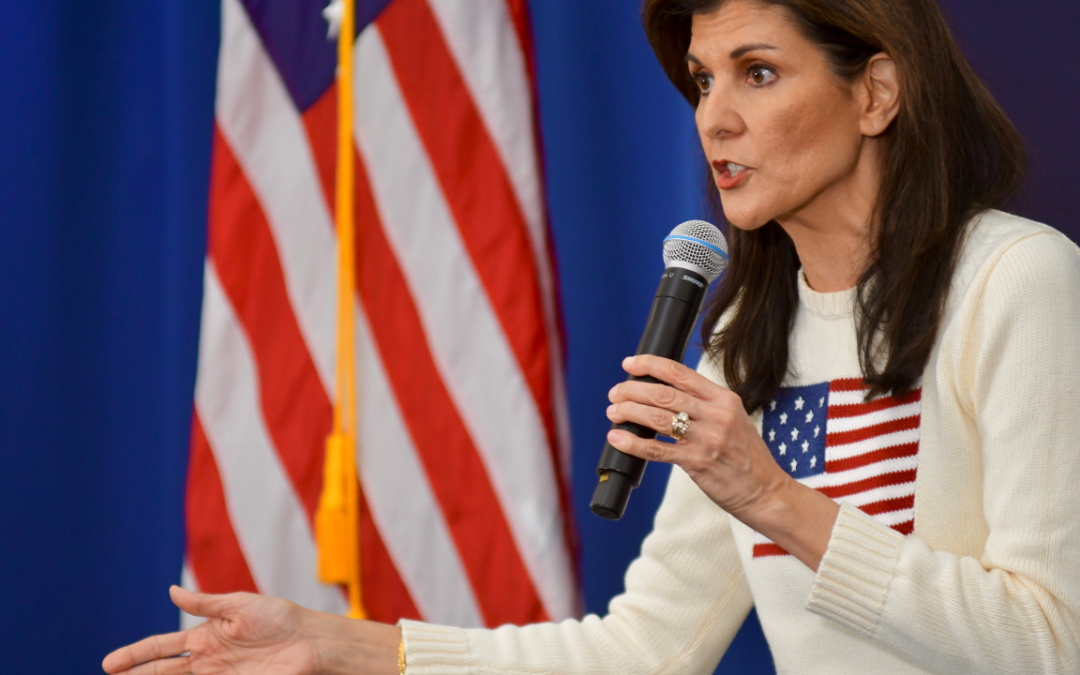After a challenging September, global equity markets bounced back last week, aided by a Senate agreement to temporarily lift the US debt ceiling. Bond yields continued to grind higher, while the dollar and cryptocurrencies rallied. Energy prices extended their recent rally.
While investors will keep a close eye on the prospects for US infrastructure spending, the focus now shifts to the Q3 corporate profits reporting season. More so than usual, economists will join company analysts and equity investors in digging through the earnings numbers. That’s because the focal points will be on supply disruptions to output and shipments, as well as on how companies are addressing rising energy, materials, and labor costs. For once, stock pickers and top-down observers will share a keen interest on whether cost pressures will be absorbed in margins, passed along to consumers, or offset by rising productivity.
Normally, investors would relish the arrival of another solid reporting season. Superficially, that will be the case. According to FACTSET, the consensus of equity analysts forecasts more than a 27% gain in Q3 earnings for the S&P500. But given already high equity valuations and several quarters of 2021 robust earnings already in the books, the bar is quite high. Misses are likely to be punished and beats may enjoy less of a bounce than usual.
Moreover, low inflation and agreeable monetary policies can no longer be taken for granted. Price and wage inflation are both rising faster and for longer than most observers – including the Federal Open Market Committee (FOMC) – believed likely only a few months ago. In theory, higher prices and wages were supposed to induce an ‘elastic’ supply response. Production would rise and workers would flood back into the labor market drawn by the prospect of higher incomes.
That’s not yet happening. Instead, the headlines are replete with anecdotes of new and familiar shortages. China and Europe are suffering energy shortfalls in coal and natural gas, respectively. Ports remain clogged with ships waiting to offload cargo. The US labor force participation rate remains stagnant, despite strong nominal wage growth, declining Covid infections and the reopening of schools. Those factors were supposed to unleash more workers into the job market, but that is not how it is playing out, at least not for now. Last Friday the Labor Department’s job report showed September represented the lowest number of jobs added of any month this year. Moreover, more than 300,000 women over the age of 20 left the labor force last month. This is troubling in that this is the last report before the Fed’s November policy meeting, when it is expected to announce a tapering of its asset purchases that was predicated on a continued healing of the labor market.
As noted, rising input costs must either be absorbed in margins, passed along to consumers in the form of higher prices, or offset by higher productivity. In the long run, firms can rejig production to maximize productivity (efficiency), but in the near term some margin compression and additional inflation are all but inevitable.
Neither margin pressure nor persistent inflation is good news for investors. But, for now, the bigger risk for markets stems from inflation. That’s partly because, as noted previously, firms still enjoy strong earnings growth and rising revenues as economies bounce back from the pandemic recession. Some ‘cushion’ therefore exists to absorb higher costs and still deliver solid profits growth.
Also, margin pressure is likely to be firm- or sector specific. Some sectors (e.g., energy, materials, or industrials) may be able to pass along price increases to customers. Margin compression, in other words, is more likely to lead to a greater dispersion of returns, rather than pose an overall risk for equity markets.
But inflation is another matter. Bond markets are already showing jitters that inflation could prove longer lasting, which in turn could lead to more uncertainty about the stance of monetary policies in major economies.
For instance, long-term inflation expectations have been climbing. US Treasury five-year, five-year forward measures are flirting with their highest levels since 2017. To be sure, current expectations (circa 2.35%) are not significantly above the Fed’s inflation target. However, further advances in long-term inflation expectations from here could expose already clear splits between hawks and doves at the FOMC. Growing monetary policy uncertainty could then weigh on investor sentiment.
So far, the Fed and other central banks have held their nerve, continuing to emphasize that inflation overshoots will be temporary and that monetary policy adjustments will be gradual. Yet monetary authorities can only remain credible if the data—on which such pronouncements are dependent—back up their ‘transitory’ mantra. If, on the other hand, goods, materials, energy, and labor supplies do not soon respond to higher prices and wages, investors may begin to doubt the ability of central banks to tolerate inflation overshooting. The Fed must walk an unsteady balance beam, resting on the contrasting ballasts of a labor market that isn’t performing as it should and inflation running higher than expected. Bond and stock markets are not priced for the risks implicit in this dynamic.
Investor patience may be tested by the earning season. Across many industries and markets, supply is less responsive to increases in demand. As a result, prices and wages are rising at a faster clip. So far, investors have been willing to side with the judgment and patience of central bankers, but it is becoming clear that their wisdom has its limits. Everyone is now data dependent. Let’s hope the data in Q3 earnings reports doesn’t test the limits of investor patience.



